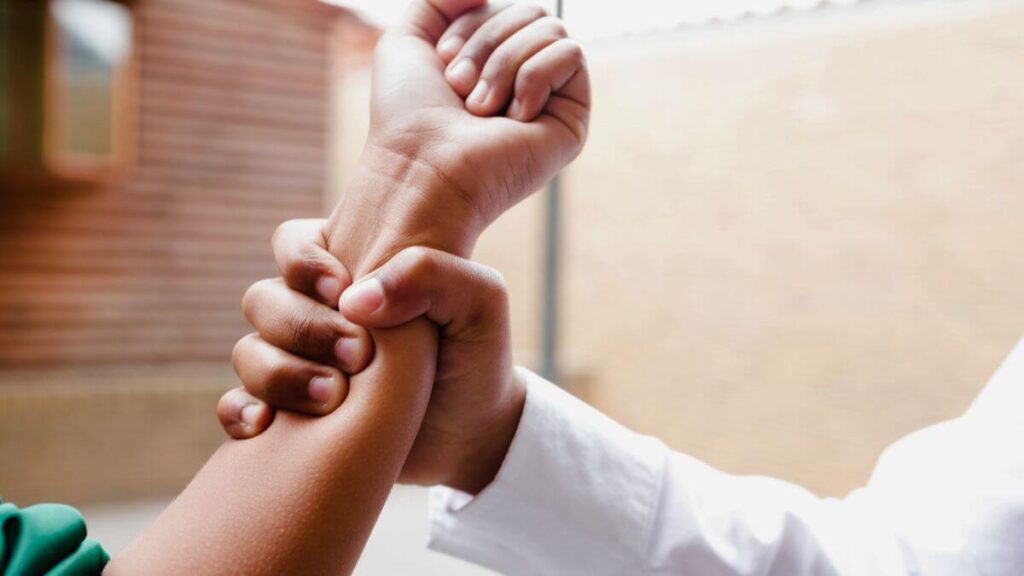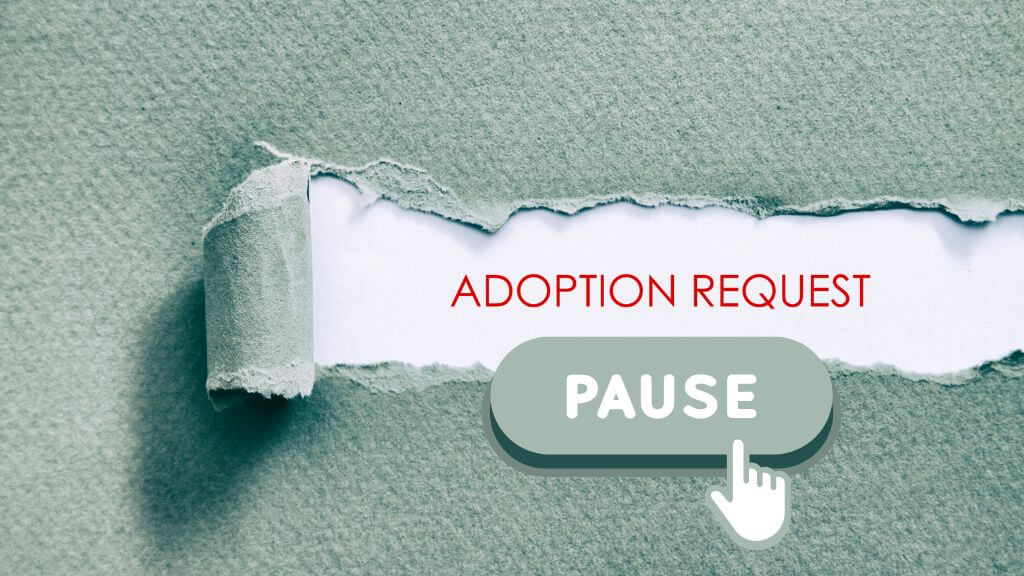Publication by Amy Wiggins, NZ Herald.
The number of students stood down or suspended for physically assaulting staff or students has increased 66 per cent in the past 11 years – and teachers are reporting dealing with more instances of violence than in the past.
Two teachers at Epsom Girls’ Grammar School were last week injured in a violent attack by a student. A witness said they saw a Year 9 student punch one teacher in the face and kick the other.
Principal Lorraine Pound told the Herald neither teacher was seriously hurt, and both were back at work. The girl is no longer a student at the school.
But Epsom Girls is not the only school that has faced the issue this year. Ōkaihau College in Northland had a “fight club” and Howick College parents claimed students were beaten up every day.
Ministry of Education data shows 8251 students were stood down or suspended for attacking their peers in 2022 compared with 4935 in 2012. Of those suspended, 314 were excluded or expelled last year – a 50 per cent increase since 2012. The same figures show 993 students were stood down or suspended for physically assaulting staff in 2022 compared with 642 in 2012. Of those suspended, almost 70 were expelled or excluded – fewer than in 2012. The largest increase was in the number of stand-downs which went up 71 per cent over the time period.
The Ministry of Education said it was important to note the data was not a measure of student behaviour but a measure of a school’s reaction to such behaviours. “What one school may choose to suspend for, another may not.”
But, teachers say the amount of violence they deal with at school has definitely increased over the last 10 years – and they need more support to deal with it.
Post Primary Teachers’ Association acting president Chris Abercrombie said there seemed to be more violence and incidents that teachers had to deal with occasionally were now more frequent.
“Teachers are definitely having to deal with increasing incidents of student behavioural issues, including violence, over the last 10 years,” he said.
“Schools reflect society and their communities and there are a lot of issues people are experiencing now that seem to have increased over the years, such as poverty, mental illness, anxiety. Students do not leave their struggles and challenges at the school gate – they live with them 24/7.”
Social media also had a significant part to play in the increase in violence because it encouraged violent behaviour and incentivised young people to share violent content, he said.
Abercrombie said Covid and the lockdowns seemed to have shaken people and left a residual sense of anxiety, less tolerance and shorter tempers which was also reflected in schools.
NZEI president Mark Potter said, anecdotally, primary teachers were reporting that more children were presenting challenging behaviours, which was reflected in the data on increases in stand-downs and suspensions.
“Given the challenge of the last few years, this is unsurprising. Children are facing an increasingly complex and uncertain world. Living through a pandemic, a climate crisis, and cost of living stresses that impact them and their whānau around them will all be contributing factors.”
Police data backed this up, showing a 20 per cent increase in assaults, ranging from minor to grievous, reported on school, preschool, university or adult learning sites between 2017 and 2022.
The largest increase was in the minor assaults category where 505 assaults were reported last year – a 36 per cent increase.
Police said about 20 per cent of the incidents at educational facilities occurred after hours or during the school holidays.
Both Abercrombie and Potter said more support was needed to work with troubled students before suspensions or exclusions needed to be considered.
“Primary schools are loathe to exclude children from learning – what they want is better resourcing so that they can lower class sizes and have more access to learning support specialist staff,” Potter said.
“Teachers need to be adequately resourced and supported to build strong positive relationships with students and to prevent and reduce challenging behaviour. Not only would this make for better teaching and learning, having more adults around makes handling difficult situations like these more manageable.”
Abercrombie agreed schools desperately needed more pastoral care staff to work with struggling students and their families before they became disengaged with school or had outbursts that risked them being suspended or expelled.
He said parents also needed to encourage their children to think more about how they used social media while alternative education could help get struggling students get back on track and help other students feel safer at school.
“However, the most helpful thing would be to do something about the causes of the anger and anxiety that’s afflicting many young people – these causes include poverty, cycles of violence and abuse, and drug and alcohol addiction in the home. Little steps to address some of these huge issues help.”
He said the healthy lunches programme had made a big difference in many schools with principals reporting the meals led to much calmer afternoons for a lot of kids. But, neither police nor Ministry of Education data is likely to give a full picture of the violence school students are facing because many incidents are not reported to police and do not result in a stand-down or suspension.
Following the emergence of a video showing a violent attack on a student at Howick College in March a number of parents told the Herald the culture of, often physical, bullying had led them to take their children out of the school.
But, principal Dale Burden refuted the allegations at the time, saying fights at the school were “very rare” and the school took a “very firm approach” in such instances. Burden, who became principal at the start of the year said the school’s approach depended on the context of each situation. “There is no one situation that is the same,” he said. “We are no more immune to these issues than any other school. Schools don’t exist in a bubble – they reflect society in general.”
One parent, speaking out for the first time, pulled her son out of Howick College at the end of 2020 because he was being attacked almost every day.
“Every single day he was slapped in the face, punched in the stomach, kicked in the shins. It was in class that it happened, it didn’t happen in lunch break because he was with his mates or he was in the library. It was always in class,” she claimed. During PE, his classmates would “have a go at him” if he didn’t do something right but if he sat on the sideline they would throw balls at his head and kick him while he was on the ground, she said.
The teen didn’t want to get out of bed and was reluctant to go to school. He lost 16kg and “withdrew into himself”, his mother said. “He basically lost the will to live. We had him on suicide watch,” she said. Eventually, the school put together a safety plan for him but it didn’t stop the bullying.
“We had no option but to pull him out of school.” She was “gutted” her son had to go through that and said it had been “life-changing” for the whole family.
Originally published at: School violence on the rise: Thousands of students stood down or suspended for physically assaulting peers each year – NZ Herald




